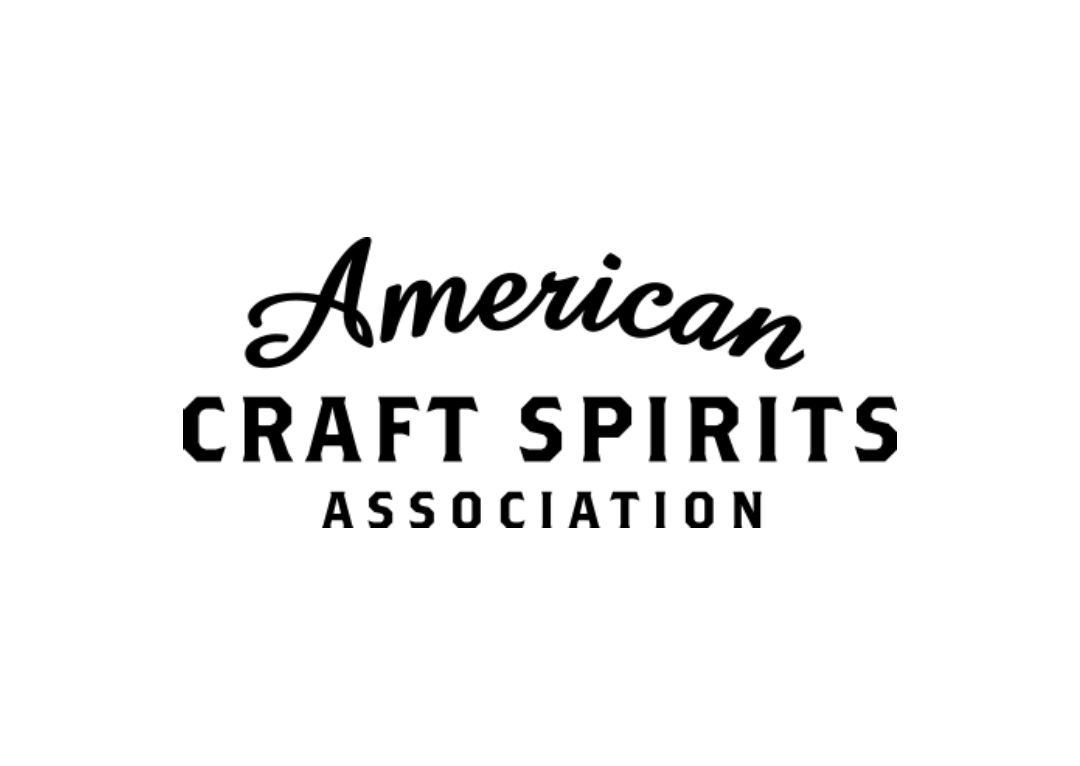The American Craft Spirits Association (ACSA) and Park Street today presented highlights from the 2024 Craft Spirits Data Project (CSDP) at its Annual Craft Spirits Economic Briefing. Margie A.S. Lehrman (CEO, ACSA), Kelly Woodcock (President, ACSA and Partner, Westward Whiskey) and Emily Pennington (Head of Content, Park Street) shared key sales data and insights from the 2023 calendar year, while Becky Harris (Past President, ACSA and Founder, Catoctin Creek Distilling) highlighted the urgent market access improvements needed to provide a lifeline to these distilleries in decline. The Craft Spirits Data Project, introduced in 2016, is a first-of-its-kind research initiative that aims to provide a solid and reliable fact base for evaluating performance and trends in the U.S. craft spirits industry. The CSDP, which seeks to quantify the number, size, and impact of craft spirits producers in the U.S., is an effort led by ACSA and Park Street.
Key findings and highlights revealed during the briefing include the following:
- U.S. craft spirits market volume decreased for the first time since the creation of this report in 2016. Volume decreased -3.6% to 13.5 million cases in 2023 (versus 14 million in 2022). In value terms, the market reached $ 7.8 billion in sales at a -1.1% growth rate.
- U.S. craft spirits are losing overall spirits market share to large producers. U.S. craft spirits market share of total U.S. spirits decreased to 4.6% share in volume and 7.5% in value in 2023, down from 4.9% and 7.7% in 2022.
- While for the first year ACSA has reported a significant number of craft distillery closures, the number of active craft distillers in the U.S. still grew albeit at a slower rate (up 11.5% to reach a total of 3,069 producers). Active craft distillers are defined as licensed U.S. distilled spirits producers that removed 750,000 proof gallons (or 394,317 9L cases) or less from bond, market themselves as craft, are not openly controlled by a large supplier, and have no proven violation of the ACSA Code of Ethics.
- Growth opportunities vary for large, medium, and small craft producers. Large craft producers have shifted resources to focus on sales in their respective home states as well as exports. Medium-sized craft producers lead growth on nearly all fronts as this segment is the fastest-growing within craft spirits. Small craft producers, which represent 90% of all producers, focused primarily on increasing home state sales, with this channel gaining share of sales accordingly.
- Despite strong economic headwinds, craft producers have consistently found value in reinvesting in their businesses. The average amount invested by a craft producer declined to $310,000 in 2023 from $337,000 in 2022. However, the total investment by all craft producers continues to increase, reaching $885 million in 2023, as more companies are reinvesting, albeit via smaller amounts across the board.
- Craft spirits producers sold even more in their home states this year. While craft spirits sales remain almost evenly split between the home state (48.1%) and other states (51.9%), the proportion of home state business is growing while out of state is declining.
- Despite overall sales declines, employment numbers within the U.S. craft market continued to increase post-pandemic, reaching 29,373 full-time domestic employees, up from 27,368 in 2022. It is worth noting, however, that these numbers are still lower than pre-covid numbers (with nearly 31,000 full-time domestic employees reported back in 2019).
- Exports of U.S. craft spirits increased, reaching 179,000 9L cases, marking roughly a 5% increase from the prior year. However, export numbers remain significantly lower than pre-tariff levels (like 566,000 9L cases in 2017).
- Some states are “craftier” than others, with California, New York, Texas, Pennsylvania, and Washington leading the pack. California and Pennsylvania both saw a massive jump in distillery numbers (379 distilleries, up from 245 and 177, up from 117, respectively). Texas saw a small increase (177 distilleries, up from 163) and New York saw a decline, down to 199 from 210, while Washington remained steady at 154, with 156 last year. These top 5 states make up more than 35% of all craft distillers, and more than half of all active craft distilleries are in the top 10 states (CA, NY, PA, TX, WA, CO, FL, MI, KY, NC).
View the full 2024 Craft Spirits Data Project here.
CSDP BACKGROUND AND METHODOLOGY
The Craft Spirits Data Project © 2024 is a proprietary research project whose goal is to provide a solid and reliable fact base for evaluating performance and trends in the U.S. craft spirits industry. The Craft Spirits Data Project, which was first announced and presented in
2016, is the beverage industry’s first-ever comprehensive craft distilling study. The Project quantifies the number, size, and impact of craft spirits producers in the United States.
Together, ACSA and Park Street launched the Craft Spirits Data Project in October, 2015. The 2024 Craft Spirits Data Project Report covers full year 2023, with data collection taking place from May to August 2024. The Project collected data primarily directly from craft spirits producers (DSPs).
The Project aims to create a deeper understanding of the U.S. craft spirits landscape The study collected comprehensive data on craft distiller production size and patterns, sources of revenue, and the category’s overall economic impact within the spirits industry. The Project also collected data on craft spirits business size, patterns and assessed craft spirits business size and outlook by premise type at retail.
When estimating the number of producers behind the U.S. craft spirits production, the project team relies on a combination of official data released by regulatory authorities, survey data, other industry data sources both national (e.g., NABCA, ACSA) and regional (e.g., Guilds), as well as interviews and team assessments using the craft distiller definition.

